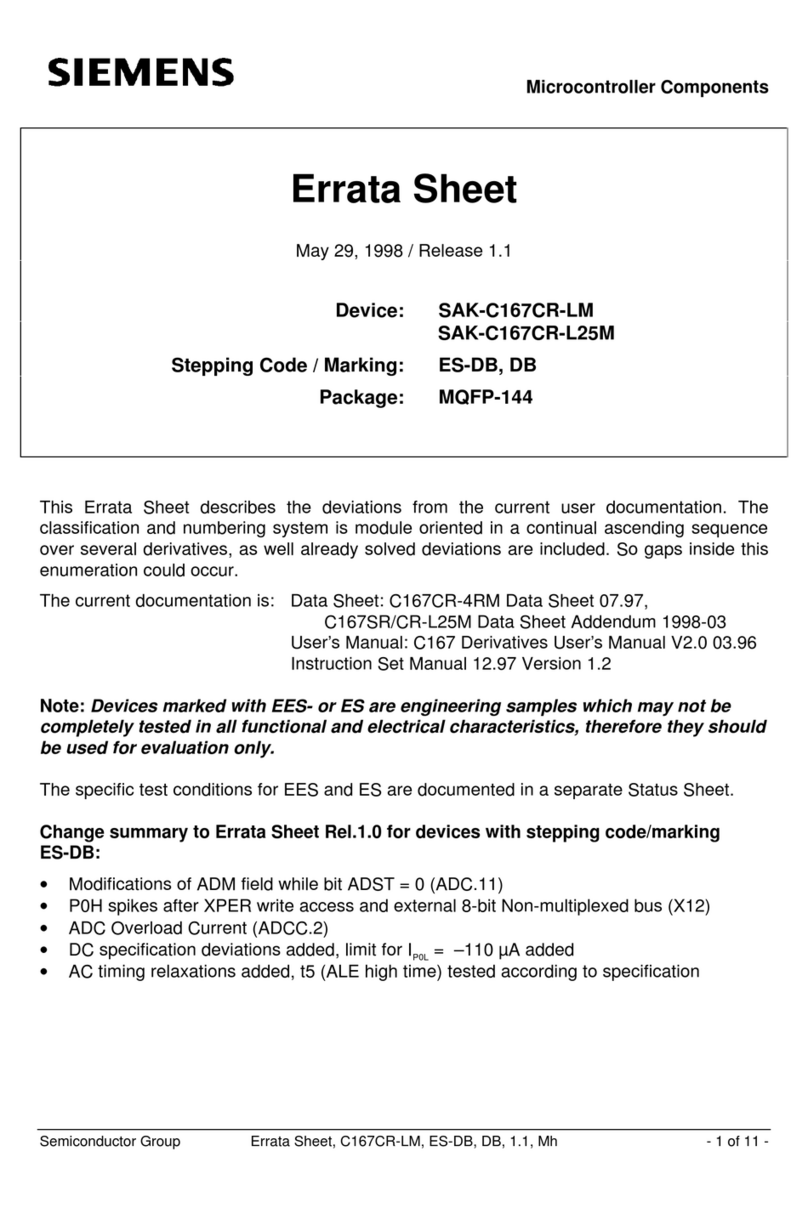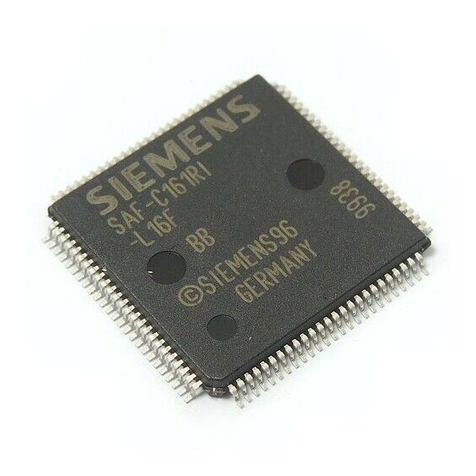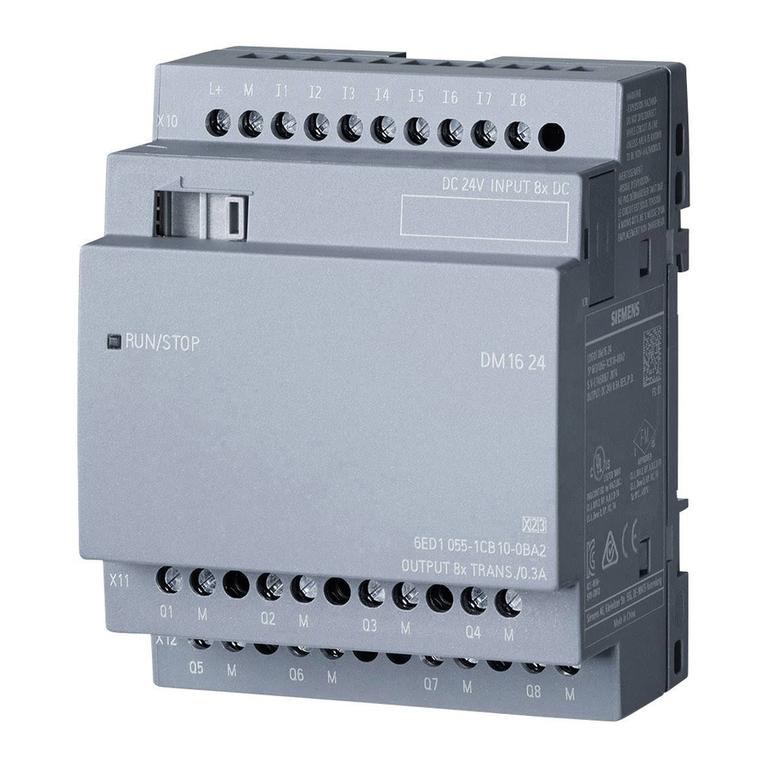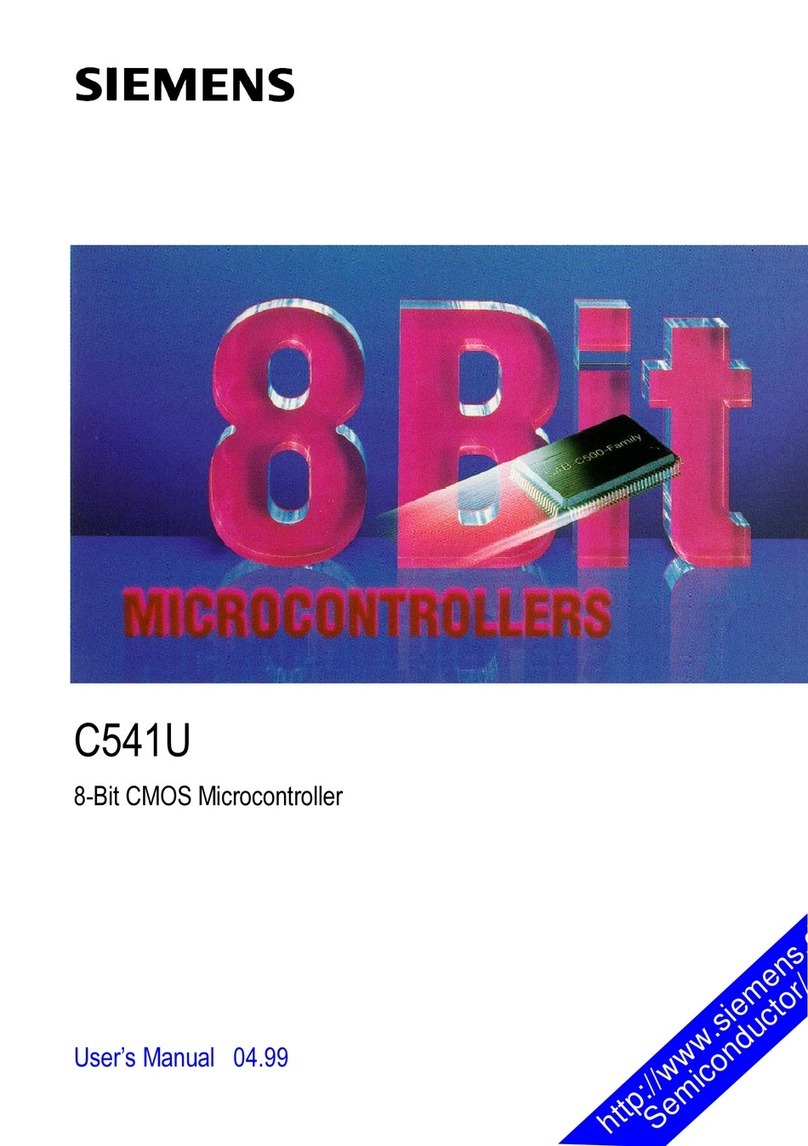
Contents
Contents Page
Semiconductor Group 3
1 Introduction . . . . . . . . . . . . . . . . . . . . . . . . . . . . . . . . . . . . . . . . . . . . . . . . . .6
2 Fundamental Structure . . . . . . . . . . . . . . . . . . . . . . . . . . . . . . . . . . . . . . . .10
2.1 Differences between MYMOS (SAB 80515/80535) and
ACMOS (SAB 80C515/80C535) Versions . . . . . . . . . . . . . . . . . . . . . . . . . . .13
2.1.1 Power Saving Modes . . . . . . . . . . . . . . . . . . . . . . . . . . . . . . . . . . . . . . . . . . .13
2.1.2 Special Function Register PCON . . . . . . . . . . . . . . . . . . . . . . . . . . . . . . . . . .13
2.1.3 Port Driver Circuitries . . . . . . . . . . . . . . . . . . . . . . . . . . . . . . . . . . . . . . . . . . .14
2.1.4 The A/D Converter Input Ports . . . . . . . . . . . . . . . . . . . . . . . . . . . . . . . . . . . .14
2.1.5 A/D Converter Timings . . . . . . . . . . . . . . . . . . . . . . . . . . . . . . . . . . . . . . . . . .15
2.1.6 The Oscillator and Clock Circuits . . . . . . . . . . . . . . . . . . . . . . . . . . . . . . . . . .15
2.1.7 The VBB Pin . . . . . . . . . . . . . . . . . . . . . . . . . . . . . . . . . . . . . . . . . . . . . . . . . .15
3 Central Processing Unit . . . . . . . . . . . . . . . . . . . . . . . . . . . . . . . . . . . . . . .16
3.1 General Description . . . . . . . . . . . . . . . . . . . . . . . . . . . . . . . . . . . . . . . . . . . .16
3.2 CPU Timing . . . . . . . . . . . . . . . . . . . . . . . . . . . . . . . . . . . . . . . . . . . . . . . . . .17
4 Memory Organization . . . . . . . . . . . . . . . . . . . . . . . . . . . . . . . . . . . . . . . . .19
4.1 Program Memory . . . . . . . . . . . . . . . . . . . . . . . . . . . . . . . . . . . . . . . . . . . . . .19
4.2 Data Memory . . . . . . . . . . . . . . . . . . . . . . . . . . . . . . . . . . . . . . . . . . . . . . . . .19
4.3 General Purpose Register . . . . . . . . . . . . . . . . . . . . . . . . . . . . . . . . . . . . . . .23
4.4 Special Function Registers . . . . . . . . . . . . . . . . . . . . . . . . . . . . . . . . . . . . . .23
5 External Bus Interface . . . . . . . . . . . . . . . . . . . . . . . . . . . . . . . . . . . . . . . . .27
5.1 Accessing External Memory . . . . . . . . . . . . . . . . . . . . . . . . . . . . . . . . . . . . . .27
5.2 PSEN, Program Store Enable . . . . . . . . . . . . . . . . . . . . . . . . . . . . . . . . . . . .29
5.3 ALE, Address Latch Enable . . . . . . . . . . . . . . . . . . . . . . . . . . . . . . . . . . . . . .29
5.4 Overlapping External Data and Program Memory Spaces . . . . . . . . . . . . . .29
6 System Reset . . . . . . . . . . . . . . . . . . . . . . . . . . . . . . . . . . . . . . . . . . . . . . . .31
6.1 Hardware Reset and Power-Up Reset . . . . . . . . . . . . . . . . . . . . . . . . . . . . . .31
6.1.1 Reset Function and Circuitries . . . . . . . . . . . . . . . . . . . . . . . . . . . . . . . . . . . .31
6.1.2 Hardware Reset Timing . . . . . . . . . . . . . . . . . . . . . . . . . . . . . . . . . . . . . . . .34
7 On-Chip Peripheral Components . . . . . . . . . . . . . . . . . . . . . . . . . . . . . . . .35
7.1 Parallel I/O . . . . . . . . . . . . . . . . . . . . . . . . . . . . . . . . . . . . . . . . . . . . . . . . . . .35
7.1.1 Port Structures . . . . . . . . . . . . . . . . . . . . . . . . . . . . . . . . . . . . . . . . . . . . . . . .35
7.1.1.1 Digital I/O Port Circuitry (MYMOS/ACMOS) . . . . . . . . . . . . . . . . . . . . . . . . .36
7.1.1.2 MYMOS Port Driver Circuitry . . . . . . . . . . . . . . . . . . . . . . . . . . . . . . . . . . . . .39
7.1.1.3 ACMOS Port Driver Circuitry . . . . . . . . . . . . . . . . . . . . . . . . . . . . . . . . . . . . .39
7.1.2 Port 0 and Port 2 Used as Address/Data Bus . . . . . . . . . . . . . . . . . . . . . . . .41
7.1.3 Alternate Functions . . . . . . . . . . . . . . . . . . . . . . . . . . . . . . . . . . . . . . . . . . . .42
7.1.4 Port Handling . . . . . . . . . . . . . . . . . . . . . . . . . . . . . . . . . . . . . . . . . . . . . . . . .44
7.1.4.1 Port Timing . . . . . . . . . . . . . . . . . . . . . . . . . . . . . . . . . . . . . . . . . . . . . . . . . . .44

































